India is often described as the land of temples, myths, and mysticism. Nestled among the mighty Himalayas, Himachal Pradesh is a treasure trove of spiritual destinations where divinity and nature exist in seamless harmony. While temples like Jwala Ji, Chintpurni, and Naina Devi are widely known and attract thousands of pilgrims every year, there exists a unique, mysterious, and powerful shrine dedicated to Goddess Chhinmastika, a fierce manifestation of Shakti. This temple is not just about faith but also about understanding the deeper layers of spirituality, transformation, and self-realization.
In this blog, we will take a detailed journey into the Chhinmastika Devi Temple—its history, mythology, rituals, architectural beauty, significance in Tantra, and why it remains a must-visit shrine for spiritual seekers and travelers alike.
Introduction to Chhinmastika Devi
The word Chhinmastika or Chhinnamasta literally translates to “the severed head.” The goddess is depicted as a fierce form of Shakti who has cut off her own head to quench the thirst of her attendants, symbolizing self-sacrifice, transformation, and the eternal cycle of life and death. She is one of the Mahavidyas (Ten Wisdom Goddesses in Tantric traditions) and represents the paradox of life—creation and destruction, nurturing and ferocity, giving and renouncing.
Unlike the gentler forms of Devi such as Lakshmi or Saraswati, Chhinmastika stands as a reminder that spirituality also demands courage, acceptance of harsh realities, and embracing change.
Where is the Chhinmastika Devi Temple?
The Chhinmastika Devi Temple, also known as Chhinmastika Dham, is situated at Chintpurni in Una district of Himachal Pradesh, about 3 kilometers away from the famous Chintpurni Mata Temple, one of the 51 Shakti Peethas. The temple sits quietly amidst serene surroundings, away from bustling crowds, offering devotees and travelers a unique chance to connect with the raw, transformative energy of the goddess.
How to Reach
- By Road: The temple is well-connected by roads from major towns of Himachal and Punjab. Regular buses and taxis are available from Una, Kangra, and Hoshiarpur.
- By Rail: The nearest railway station is Una, around 55 km away.
- By Air: The nearest airport is at Gaggal (Kangra), about 95 km away.
Historical Background of the Temple
Though exact historical records are scarce, legends trace the temple’s origins back to ancient Tantric practices in the Himalayan region. Devotees and scholars believe that this shrine was established by Tantric practitioners who worshipped the goddess for siddhis (spiritual powers).
The temple gained recognition over the years as pilgrims visiting Chintpurni Mata extended their devotion to Chhinmastika Devi, acknowledging her as the fierce yet benevolent mother who protects her devotees. Local lore suggests that sages and ascetics performed rigorous penance here to connect with the transformative energy of Devi.
Mythology of Chhinmastika Devi
The mythology behind Goddess Chhinmastika is fascinating and symbolic. According to ancient texts:
- Once, after bathing in the river Mandakini, Goddess Parvati felt immense hunger. Along with her attendants, Jaya and Vijaya, she looked for food but couldn’t find any.
- Her attendants, who too were overwhelmed with hunger, pleaded for relief. Out of compassion, the goddess severed her own head.
- Three jets of blood gushed out: two streams fed her attendants, and the central stream was drunk by the goddess herself.
This act illustrates her supreme sacrifice—she quenched the hunger of her devotees even at her own cost. At the same time, it signifies the cyclical truth of life: sacrifice, renewal, and self-sustenance.
In the Tantric tradition, Chhinmastika is worshipped as the embodiment of Kundalini Shakti—the primal energy that resides within every being. She represents the awakening of consciousness that comes after facing destruction and pain.
Architectural Beauty of the Temple
The temple’s architecture is simple yet charged with spiritual energy. Unlike grand temples filled with elaborate carvings, the Chhinmastika Devi Temple reflects austerity and intensity.
- Sanctum (Garbhagriha): The main shrine houses the fierce idol of the goddess. She is depicted standing on the copulating couple Kama and Rati, symbolizing mastery over desire and worldly attachments.
- Idol Representation: The goddess is shown holding her severed head in one hand, a scimitar in another, with three streams of blood flowing. The imagery may appear terrifying but conveys profound spiritual truths.
- Surroundings: The temple is surrounded by lush greenery, hills, and the serene environment of Chintpurni. The simplicity allows visitors to focus on the energy and teachings of the goddess rather than ornamental distractions.
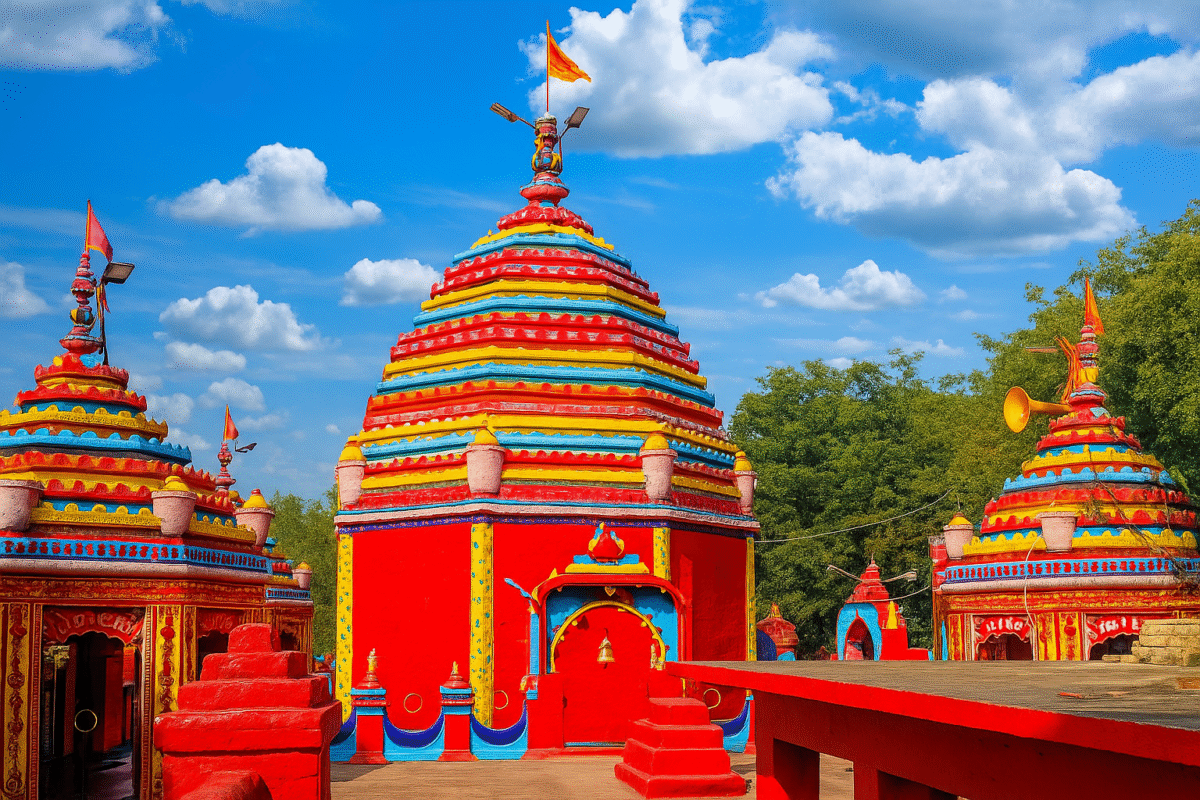
Rituals and Festivals
Daily Worship
Priests perform aarti, chanting of mantras, and offering of flowers to the goddess. Unlike mainstream temples, the rituals here involve Tantric elements, with special emphasis on mantras of the Mahavidyas.
Special Occasions
- Navratri: During the nine days of Navratri, devotees flock to the temple. Special rituals and yagyas are conducted to honor the goddess in her fierce form.
- Chaitra and Ashwin Navratri: These two periods see the maximum influx of devotees.
- Kundalini Sadhana: Advanced spiritual practitioners and Tantrics often visit the temple for meditation and spiritual awakening.
Offerings
- Devotees usually offer red flowers, vermilion, coconuts, and sweets.
- Some follow the symbolic offering of lemons or pomegranates, which represent sacrifice and transformation.
Significance of the Temple
1. Spiritual Importance
The temple is considered a powerful site for those seeking inner transformation, liberation from fear, and spiritual awakening. It is believed that sincere prayers at the temple can:
- Remove obstacles from life
- Strengthen willpower
- Help devotees embrace change and challenges
- Balance material and spiritual desires
2. Tantric Significance
In the Tantra Shastra, Chhinmastika is one of the Das Mahavidyas. Worship at her temple is believed to awaken Kundalini energy, helping a seeker transcend worldly illusions.
3. Psychological Symbolism
The goddess teaches us that:
- Sacrifice is necessary for growth
- Facing fears leads to empowerment
- Destruction paves the way for renewal
Chhinmastika Devi Temple and Chintpurni Mata Connection
The Chhinmastika Devi Temple is closely associated with the nearby Chintpurni Mata Temple, one of the 51 Shakti Peethas where the forehead of Goddess Sati is believed to have fallen. Pilgrims often visit both shrines together.
While Chintpurni Mata fulfills desires and removes worries (chinta), Chhinmastika Devi teaches detachment and transformation. Visiting both temples is believed to bring a holistic spiritual experience—material satisfaction balanced with inner growth.
Experiencing the Temple as a Visitor
1. Atmosphere
The temple exudes a powerful aura. Many visitors describe a sense of intensity, awe, and deep calmness as soon as they step inside. The air is filled with chanting, the fragrance of incense, and an inexplicable energy that seems to touch the soul.
2. Best Time to Visit
- Navratri (March–April, September–October) for festive celebrations
- Pleasant months: March to June and September to November
3. Travel Tips
- Maintain silence and respect during rituals.
- Photography inside the sanctum may be restricted.
- Carry light woolens if visiting in early spring or autumn.
- Combine your visit with nearby attractions: Chintpurni Mata Temple, Jwala Ji Temple, and Kangra Fort.
Legends and Local Beliefs
- Locals believe that offering prayers at this temple grants courage to face adversities.
- Many women pray here for inner strength and protection for their families.
- Some devotees come for relief from recurring nightmares or fears, believing the goddess removes psychological burdens.
Chhinmastika Devi in Tantra and Yoga
The goddess holds a profound place in Tantra and Kundalini Yoga.
- She symbolizes the awakening of Ajna Chakra (third eye) and the transcendence of ego.
- Her fierce image is not about fear but about breaking limitations.
- For spiritual seekers, meditating on Chhinmastika represents self-realization beyond the material body.
Why You Should Visit the Chhinmastika Devi Temple
Visiting this temple is not just about offering prayers—it’s an experience that stays with you forever. Here’s why:
- Spiritual Awakening: Connect with a deeper aspect of divinity often hidden behind mainstream worship.
- Unique Mythology: Understand the rare symbolism of a goddess who sacrifices for her devotees.
- Serene Location: Nestled in the Himalayas, the temple offers peace and solitude.
- Cultural Insight: Witness how Tantric and mainstream Hindu traditions coexist.
- Balance of Life Lessons: Learn about sacrifice, transformation, courage, and self-sustenance.
Conclusion
The Chhinmastika Devi Temple of Himachal Pradesh is not just another religious destination—it is a portal into the deeper truths of life and spirituality. The goddess, with her fierce yet compassionate act of self-sacrifice, reminds us that transformation often comes from facing the darkest aspects of existence.
For the traveler, it offers an enriching journey through mysticism, legends, and the scenic beauty of Himachal. For the devotee, it is a chance to surrender and connect with a mother who teaches the value of sacrifice, courage, and renewal.
Whether you are a pilgrim seeking blessings, a seeker of wisdom, or a curious traveler, the Chhinmastika Devi Temple is a destination that must be experienced with an open heart and mind.
Discover the world of temples, timeless myths, and spiritual wisdom –

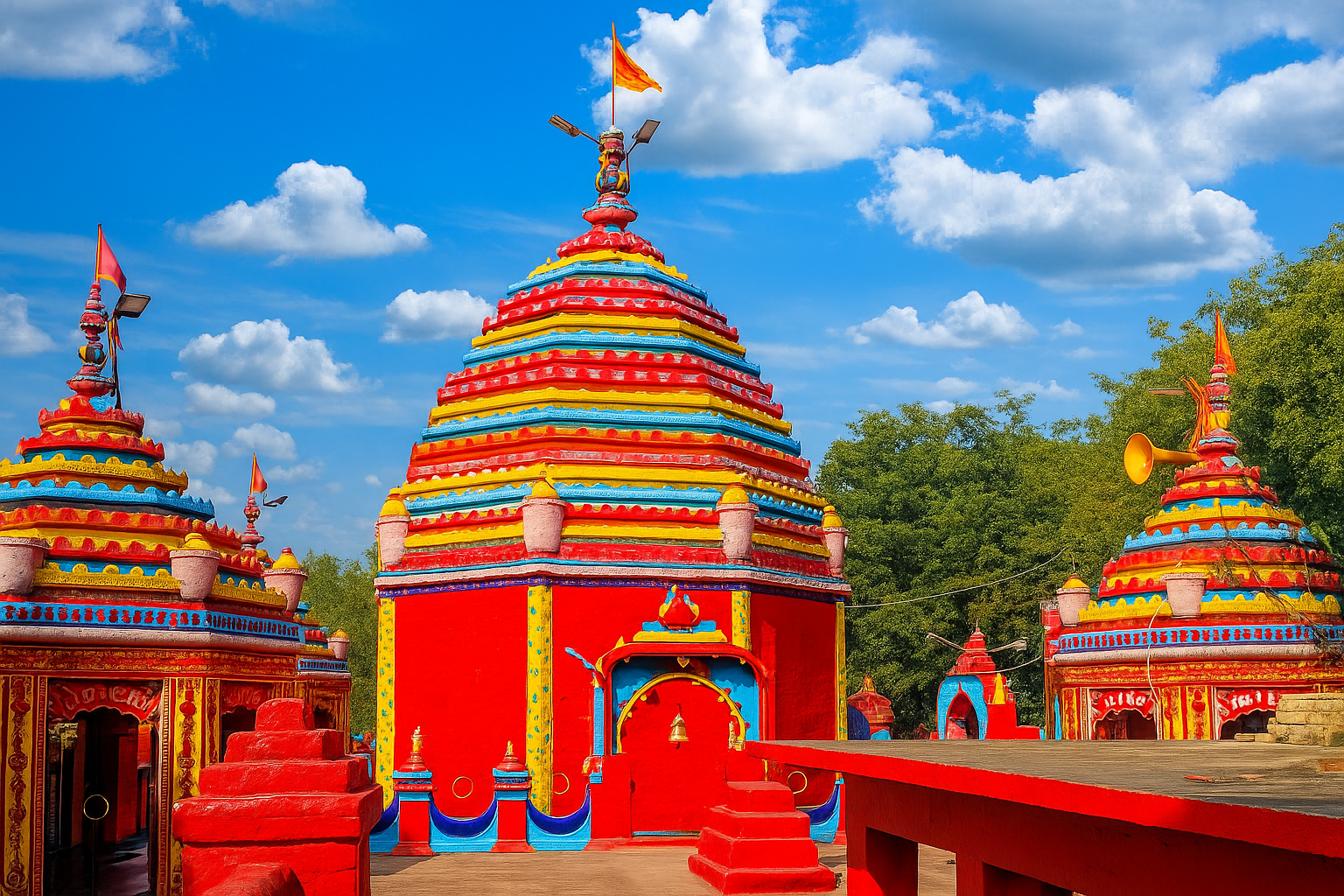
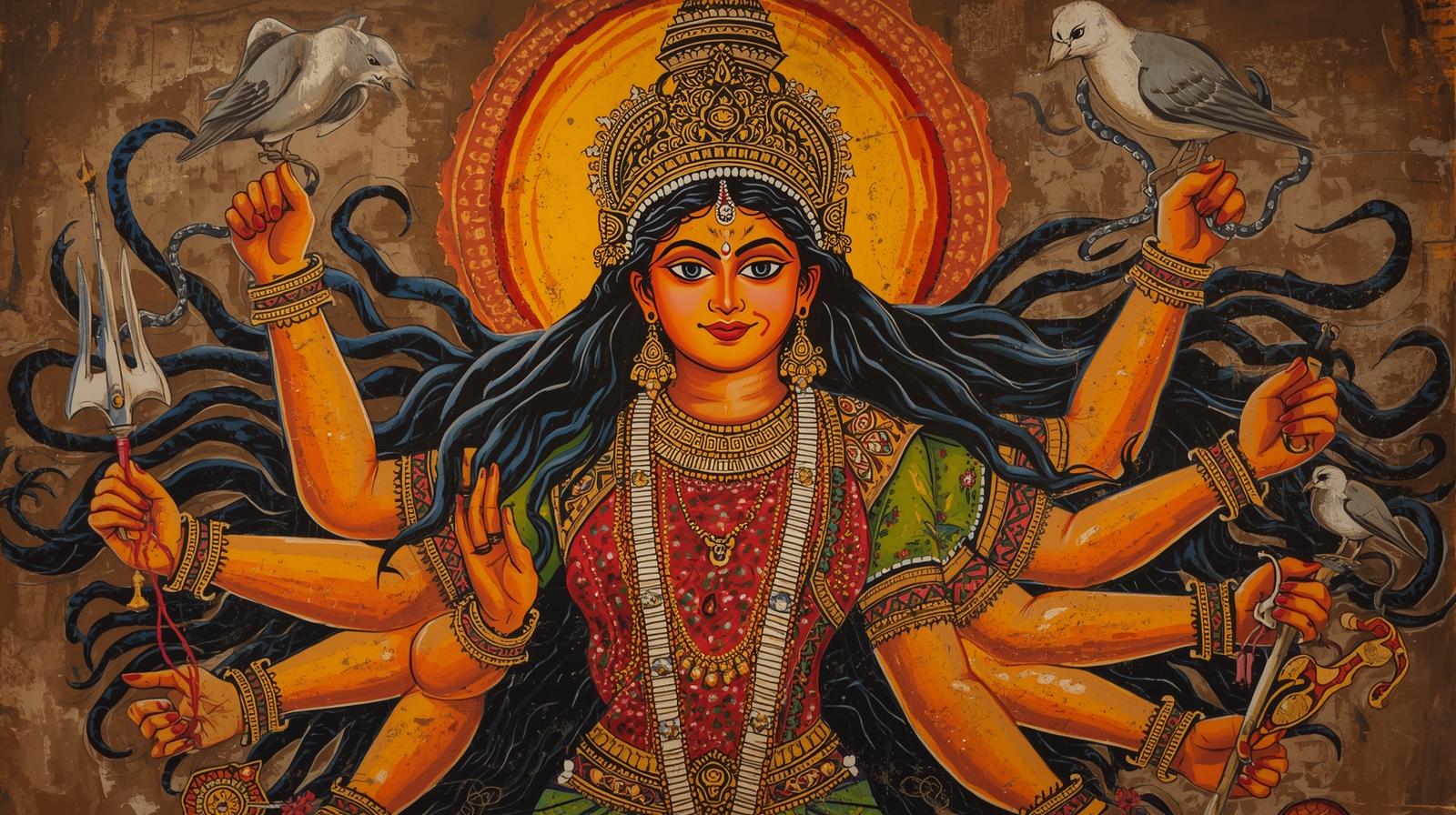
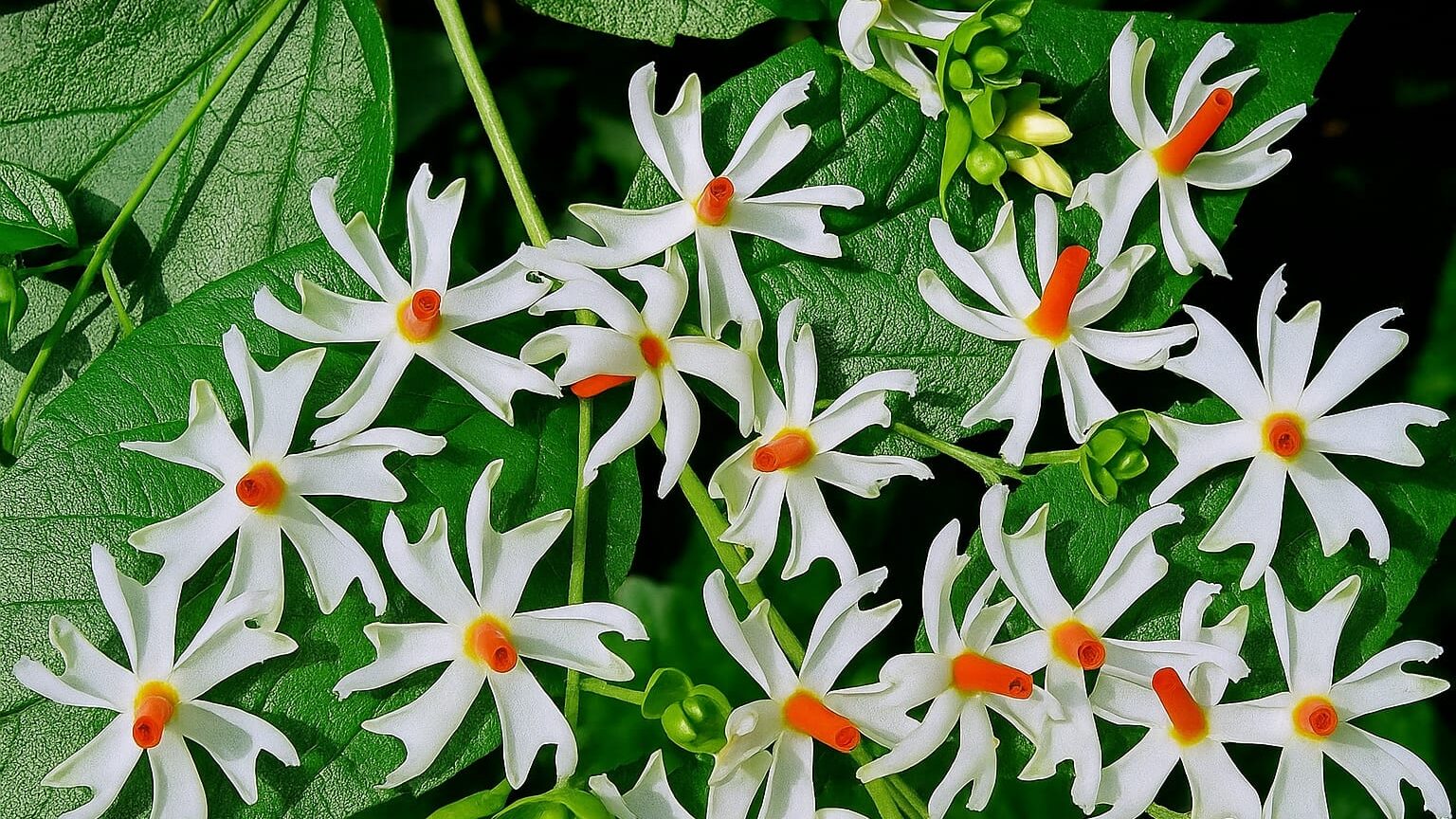
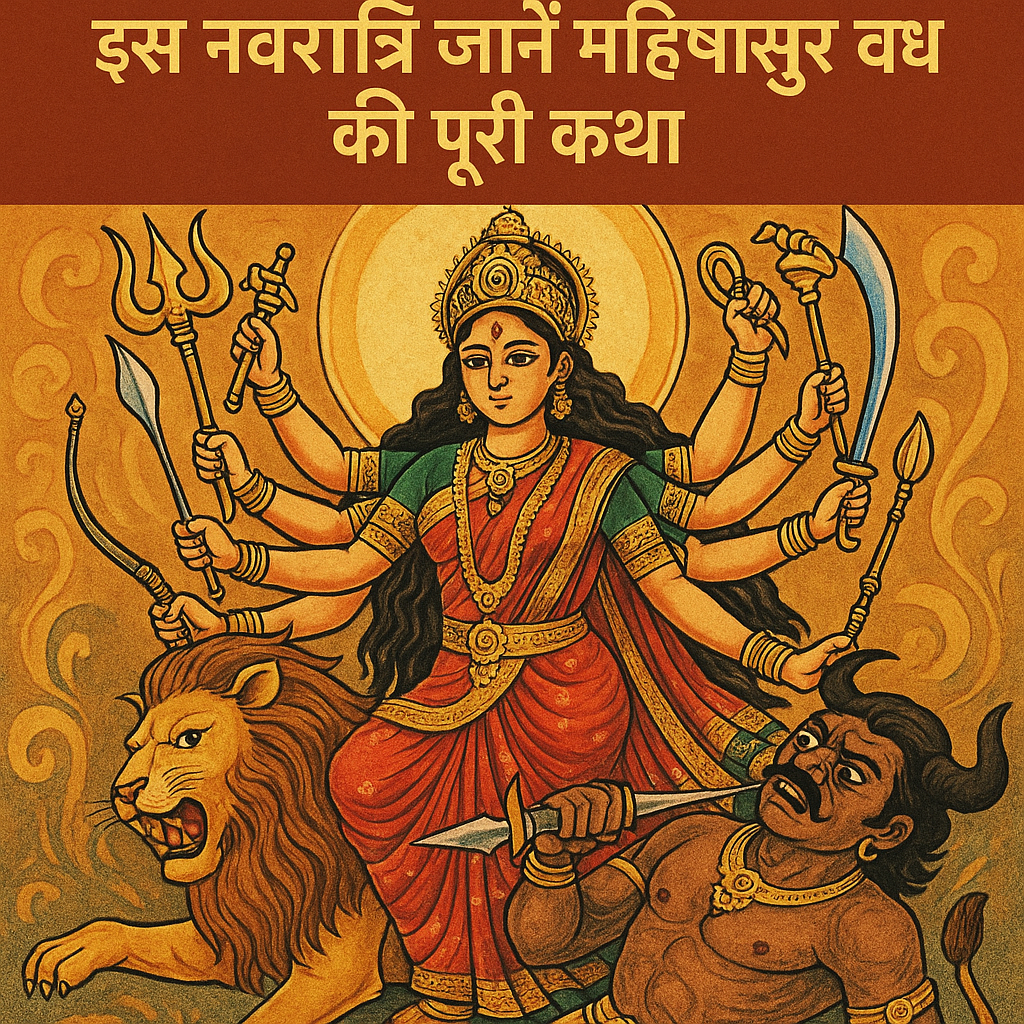
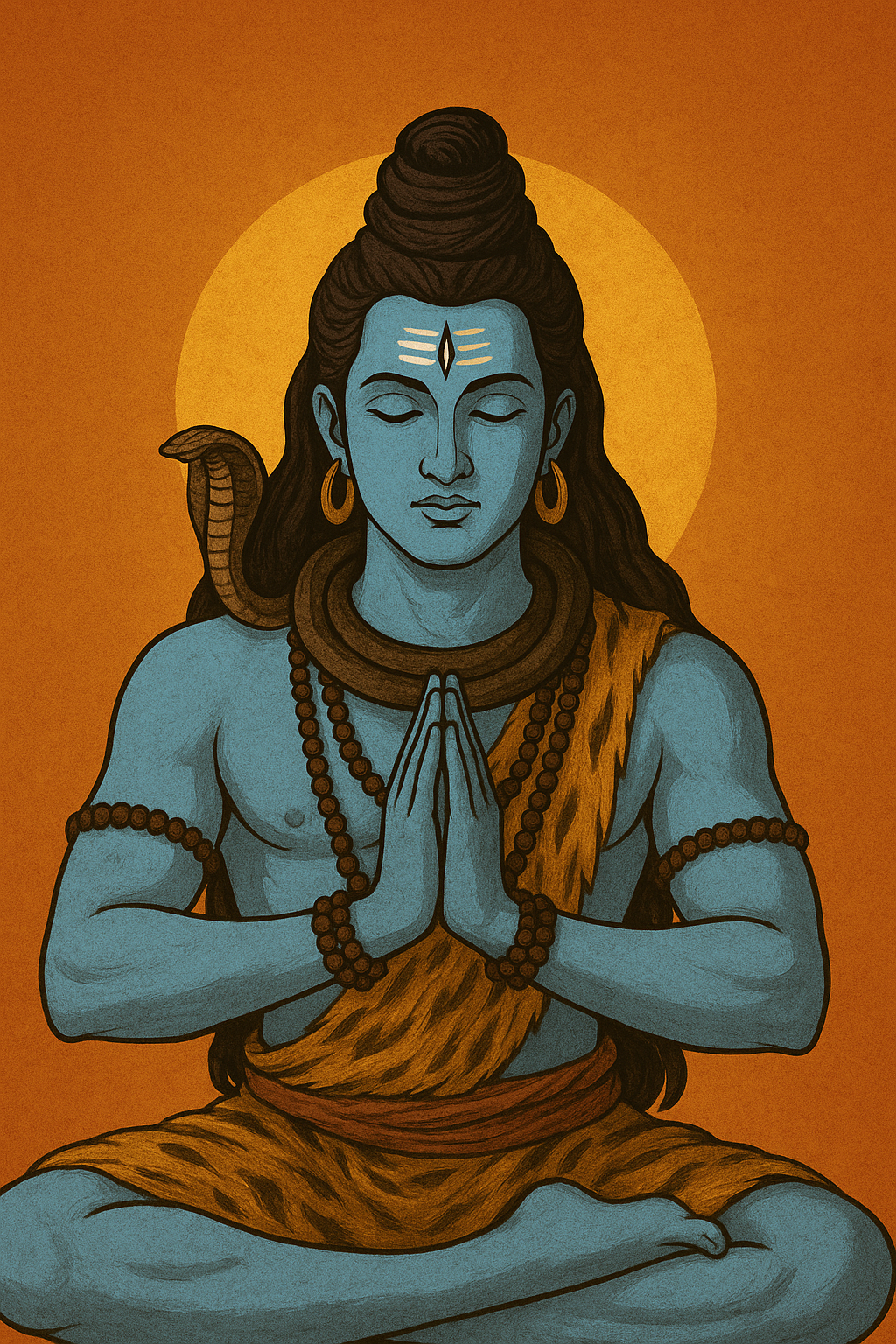
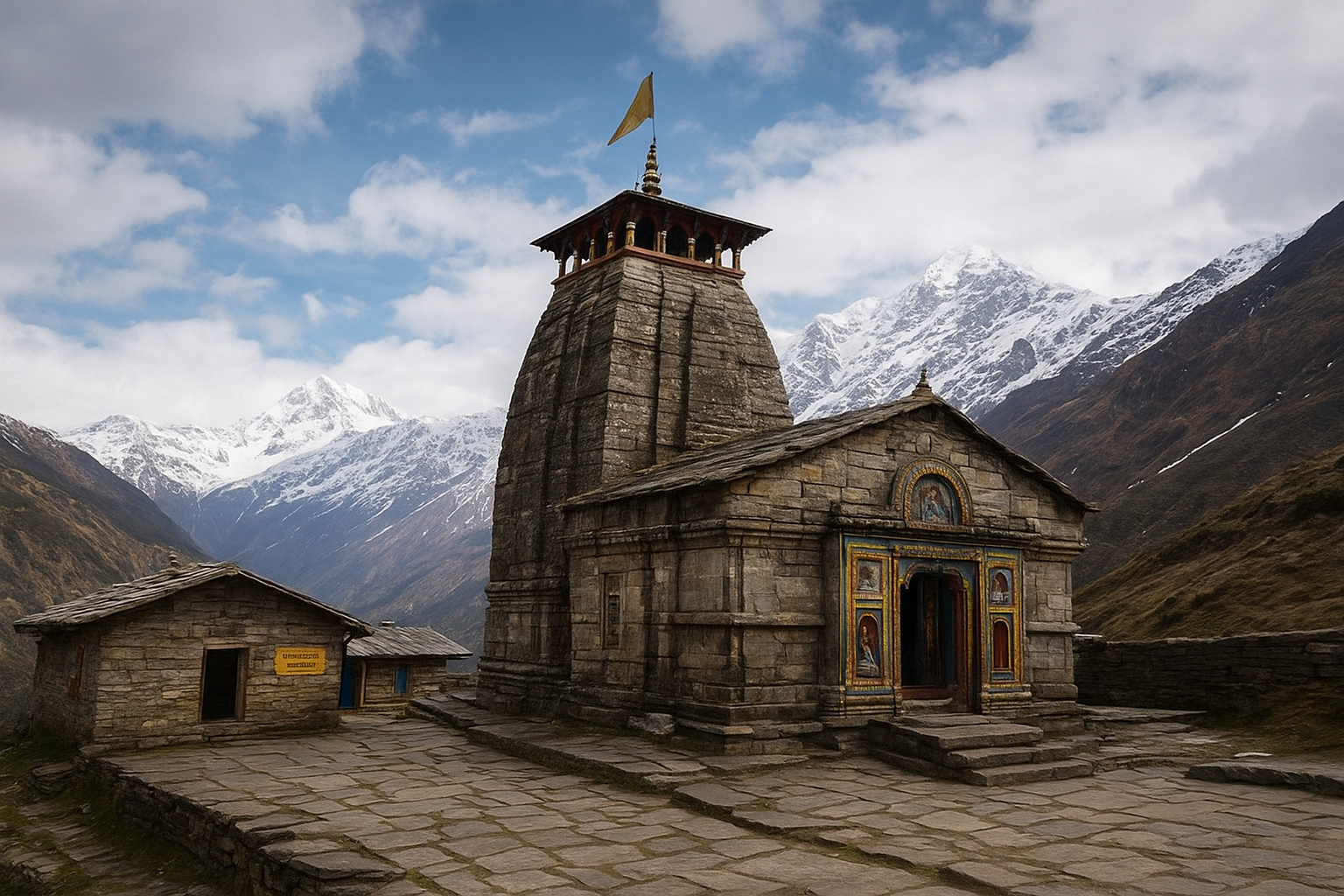
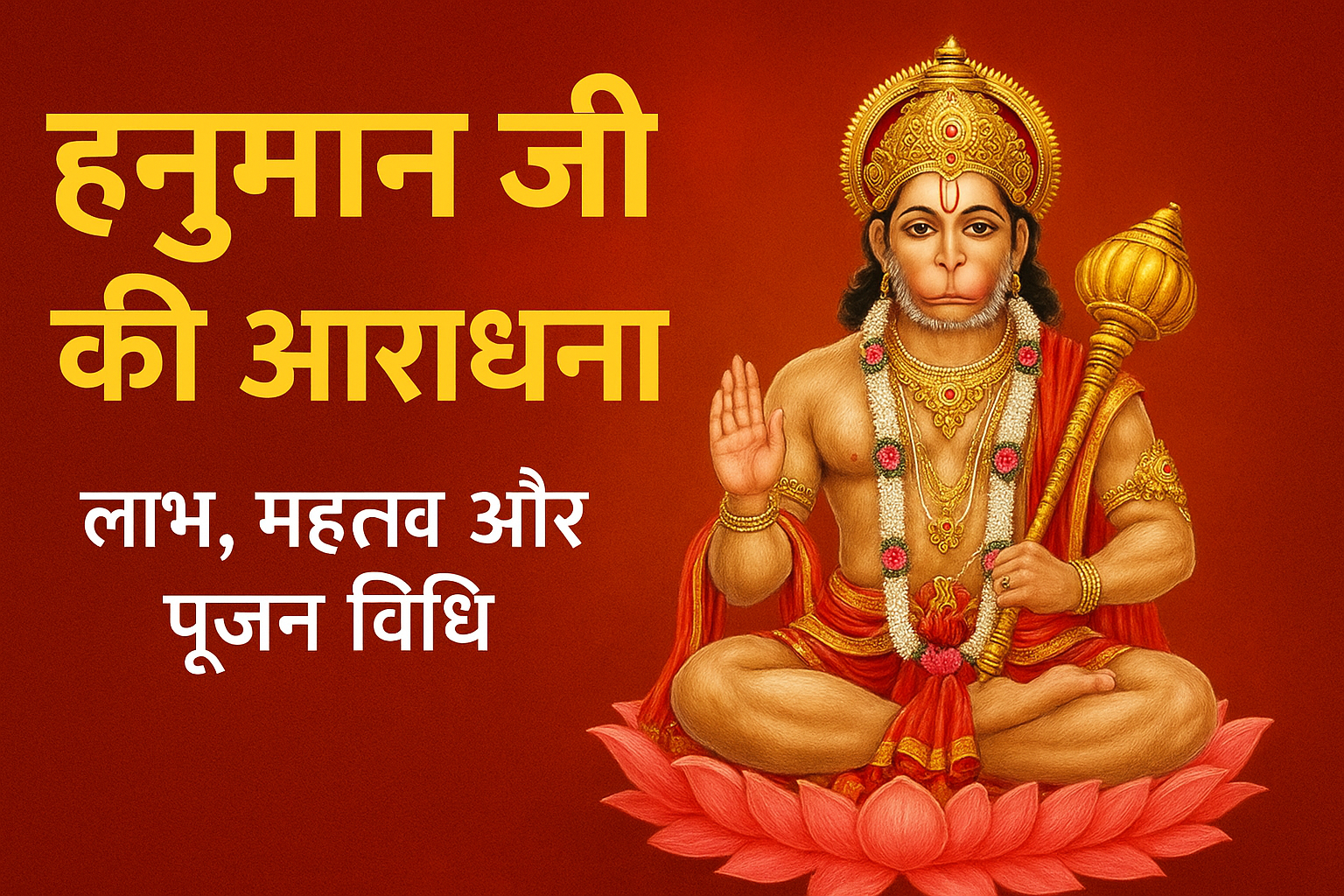
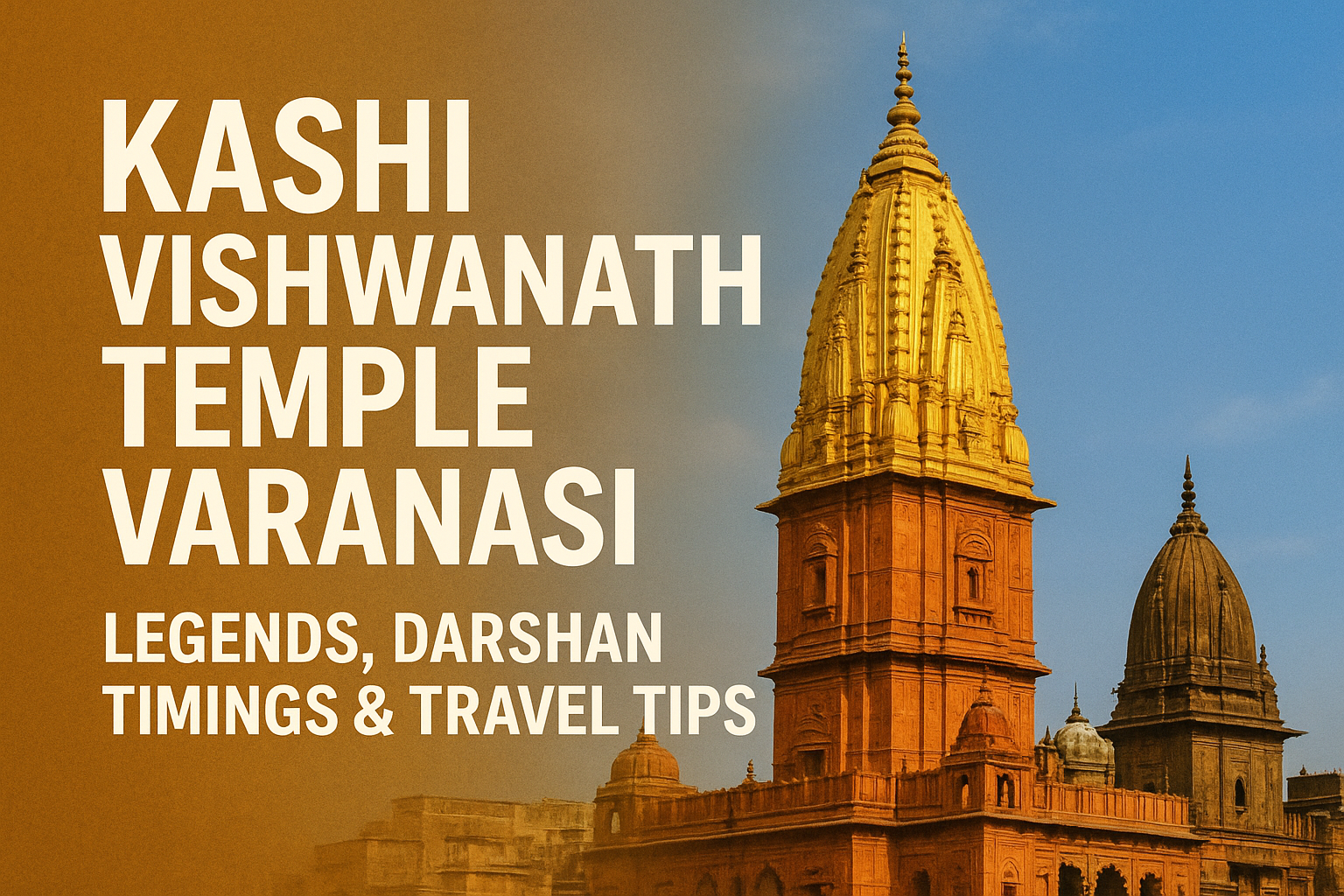

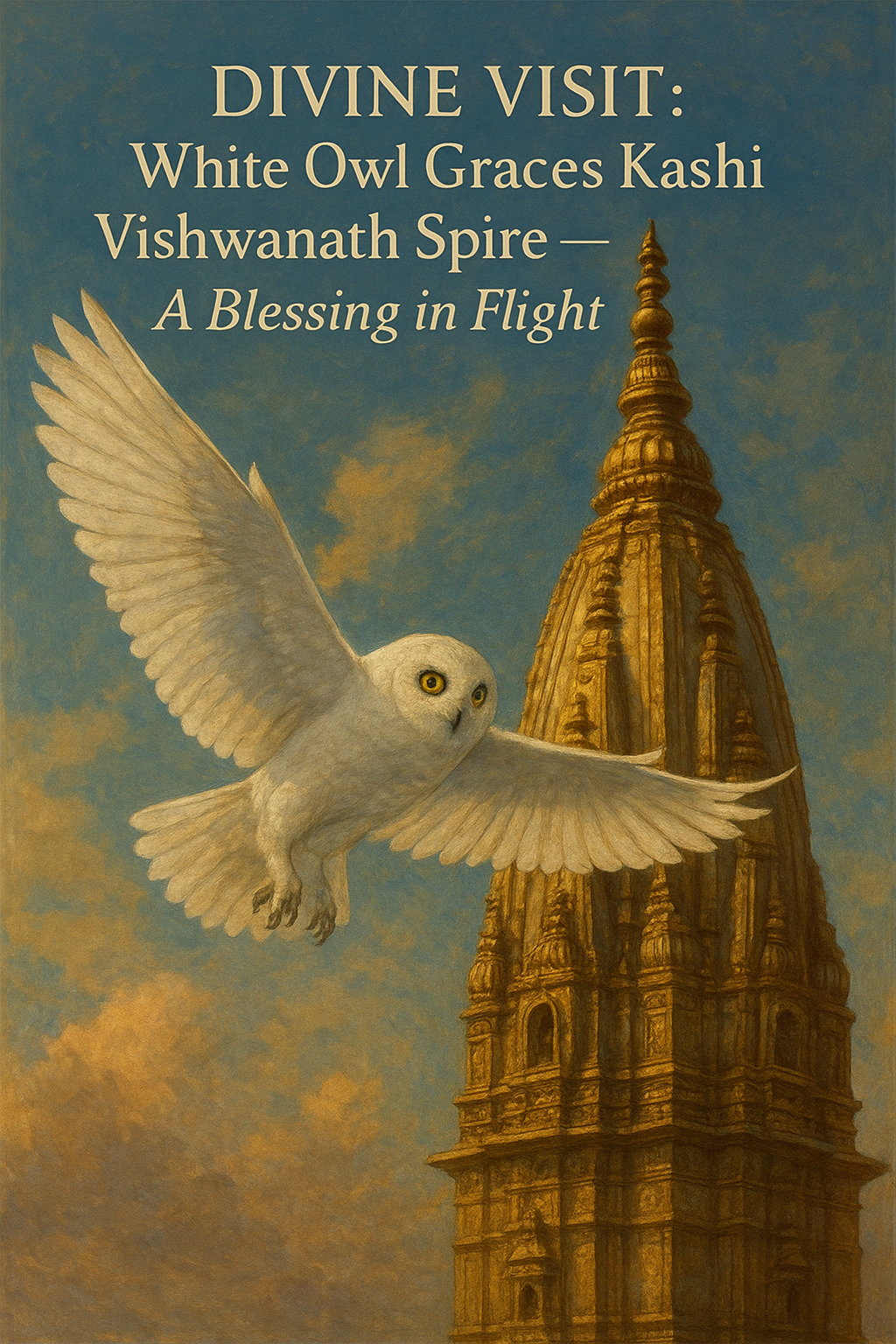
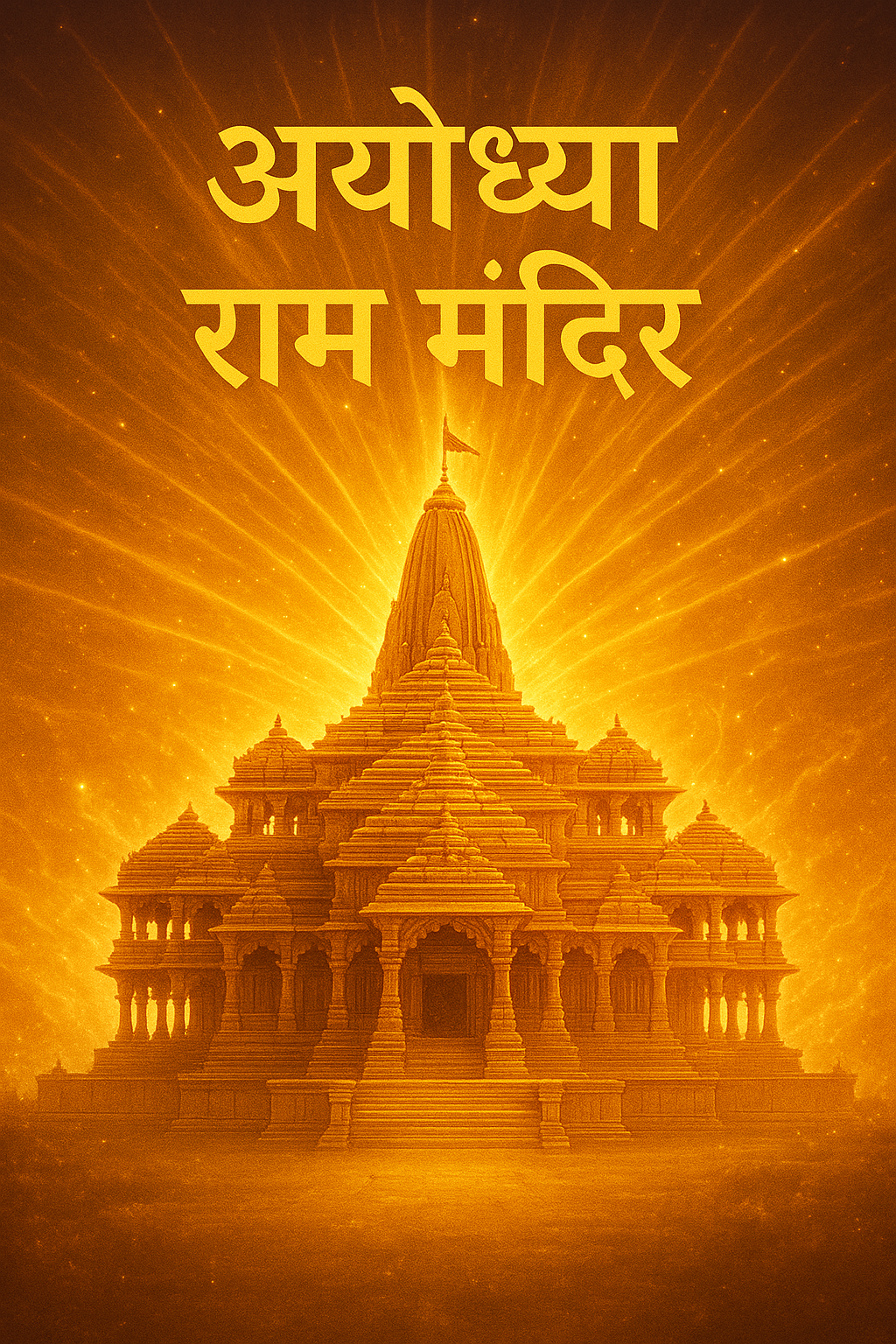
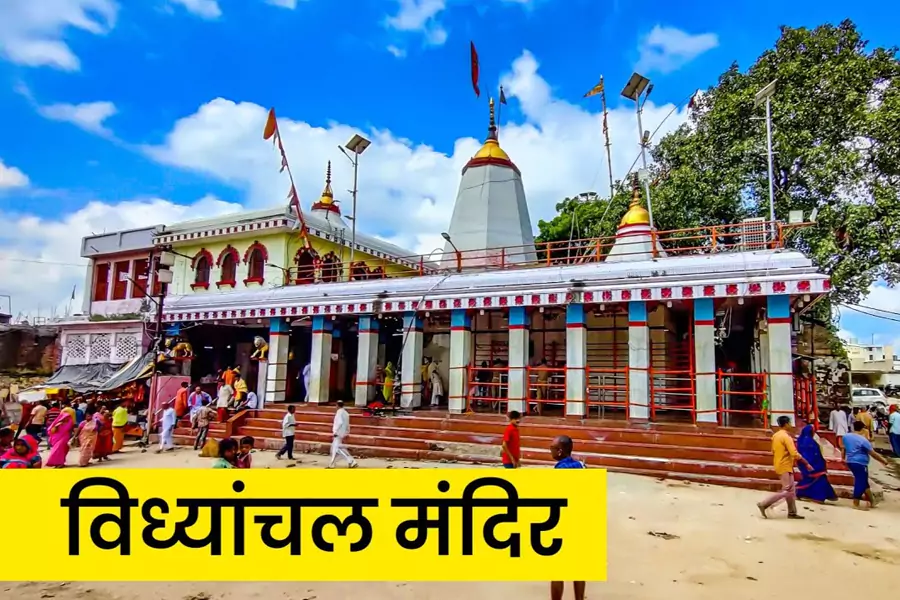

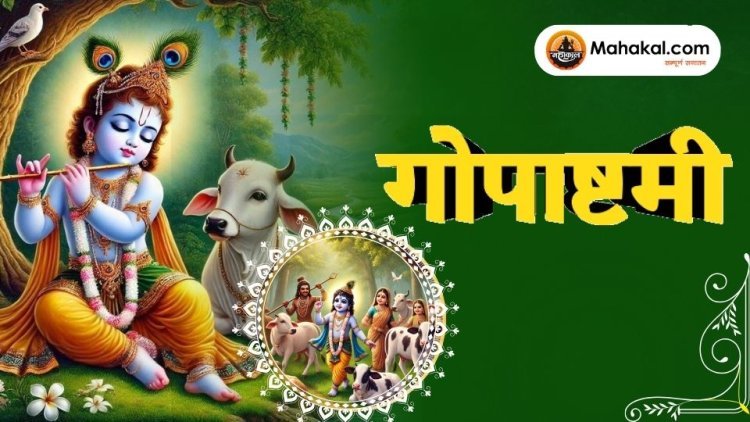
Leave a Reply